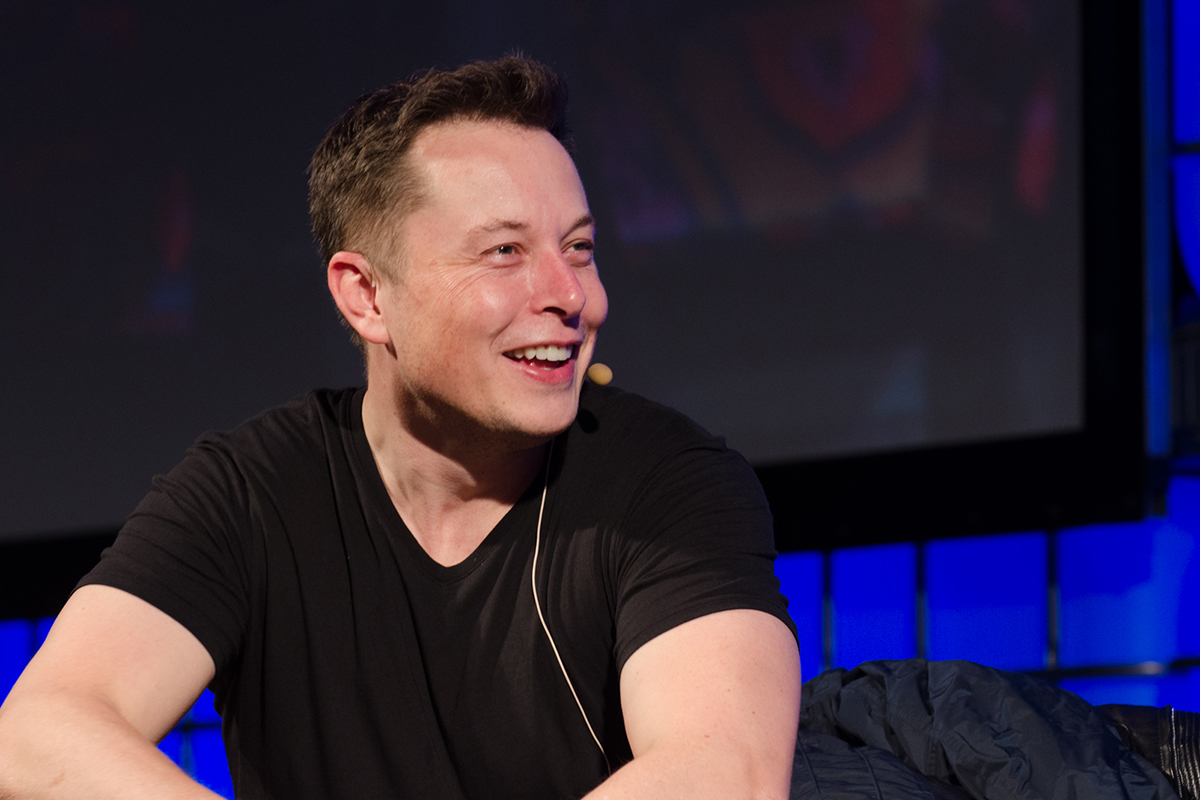
Tesla CEO Elon Musk praised German automaker Daimler over Twitter for its choice to end the development of combustion engines to focus on electric vehicles.
Musk responded to a tweet about the news from Teslarati, saying that electric vehicles are the future and congratulating his company’s EV rival.
Teslarati reports that Daimler will halt internal combustion engine development and instead focus its efforts into manufacturing electric vehicles and batteries. The current generation of traditional combustion engines could be the last ones we ever see from the automaker.
One of Daimler’s biggest and most popular brands is Mercedes-Benz, which sells fully electric vehicles, plug-in hybrids, and high-performance hybrids. By discontinuing gas and diesel engines, we may soon see a Mercedes-Benz lineup that is fully electric.
Electric is the future! Congratulations Daimler!! https://t.co/Zg2VSj4tjO
— Elon Musk (@elonmusk) September 19, 2019
Another major aspect of the automaker’s announcement is how it could affect one of its brands, Freightliner Trucks, which produces diesel semi-trucks. If Daimler abandons traditional gas- and diesel-powered vehicles altogether, it could have its sights set on developing an all-electric truck, something that Musk has been eyeing for Tesla as well.
Musk has hinted at a Tesla pickup as recently as March of this year. The company also introduced a Tesla semi-truck prototype back in 2017, which could be ready for the market as early as this year. A battery-operated pickup by Tesla’s competitor, Rivian, debuted at the LA Auto Show last November as the R1T, so the concept isn’t too far off into the future, and the Tesla rival just signed a contract to provide Amazon with 100,000 electric vans.
The automotive industry is gearing for an electric revolution, as brands like Bentley promise all electric models by 2023, and others like Mazda, Toyota and Porsche following suit with plans to add electric vehicles to their model lineups.
Even Harley-Davidson has gotten in on the move to electric vehicles, with the release of the LiveWire electric motorcycle at the Geneva International Motor Show earlier this year. The motorcycle stirred up excitement over its H-D Revelation all-electric powertrain. The bike gets up to 146 miles of range on a single charge. The Digital Trends team named the LiveWire motorcycle the best automotive tech at CES 2019.
Tesla, of course, leads the pack in the automotive world with a lineup of luxury, electric-only cars that still have impressive towing loads, autonomous technology, and some of the quickest 9 to 60 numbers. It increasingly looks like the company is going to have some serious competition in the coming years, something Musk appears to have embraced.



